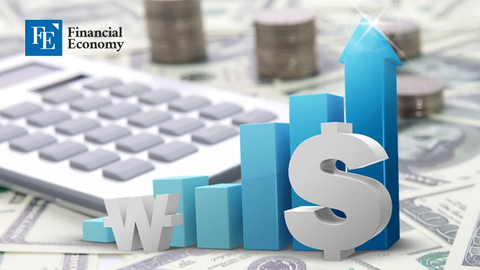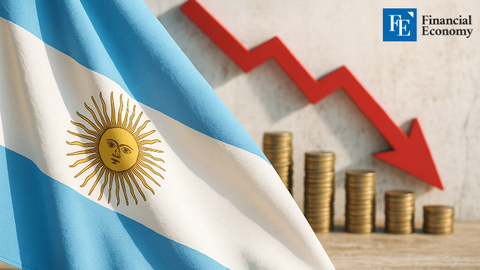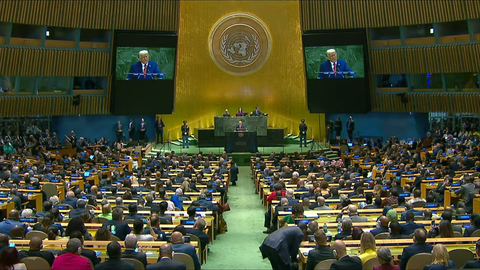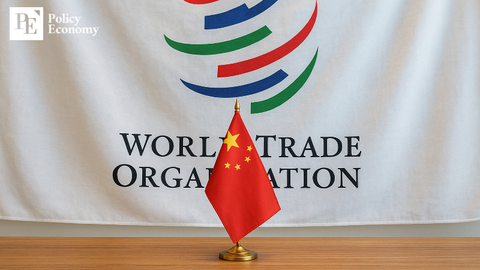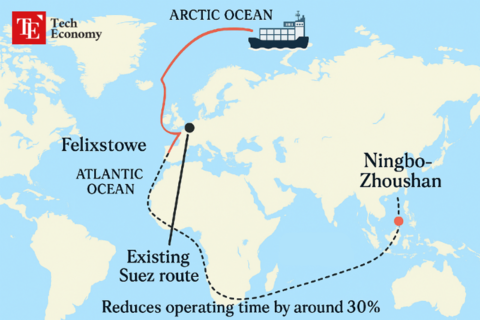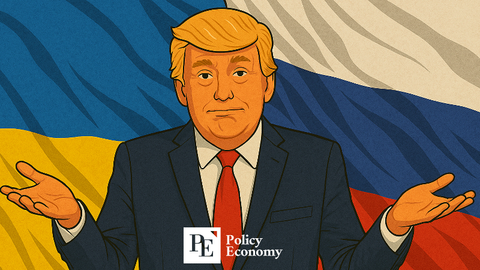Trump, Banks, and the Real Game Behind Stablecoins
Input
Modified
Rejected once, never forgotten A war against the old financial order A new coin, a new kind of power
In his latest political maneuvering, Donald Trump has turned his attention toward America’s banking giants. At first glance, it appears to be another populist play against corporate institutions. But beneath that rhetoric lies something more profound: a strategic move in the shifting battleground of digital currency, finance, and power.
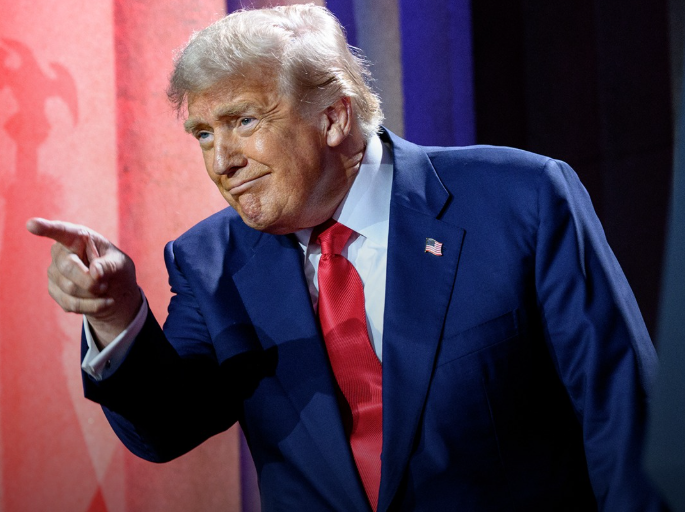
Personal Grudge, Political Theater
Trump’s vocal criticism of JPMorgan Chase and Bank of America has stirred speculation about his motivations. According to Politico, Trump’s latest remarks are centered on what he calls “debanking,” a term that implies political bias or financial discrimination against specific individuals or ideologies. However, this may not be solely about ideology. This feud may date back to a personal rejection: Trump reportedly faced difficulties establishing financial ties with large institutions in his earlier days, a memory that appears to have festered into public outrage.
This kind of personal vendetta isn’t unusual in Trump’s playbook. From media outlets to tech companies, Trump has often transformed personal slights into national talking points. The “debanking” issue may have gained traction partly because it resonates with broader grievances among his base, who often view large financial institutions as both unaccountable and politically aligned against them. Still, one must ask why this issue is being amplified now, and whether there’s more at stake than old grudges.
Digital Currency and the Shift in Power
The timing of Trump's focus on banking seems far from accidental. Just weeks earlier, he signed the Stablecoin Advancement and Innovation Act into law, signaling federal support for the widespread adoption of stablecoins. According to Reuters, this new legal framework gives digital currency issuers a more straightforward path to legitimacy, while significantly weakening the monopolistic hold traditional banks have over transaction systems.
The implications are massive. Stablecoins are digital currencies pegged to real-world assets, such as the US dollar. They offer the convenience of cryptocurrency with the stability of fiat currency. If widely adopted, they can bypass existing banking infrastructure entirely, offering consumers faster, cheaper, and politically agnostic alternatives to banks.
With Trump championing this law, it is not difficult to imagine a broader strategy unfolding. His campaign against banks, under the banner of “debanking,” might serve to weaken public trust in traditional institutions. At the same time, by pushing legislation favorable to digital currencies, he positions himself as a leader of a new financial era, one where power is redistributed and intermediaries like JPMorgan play a diminished role.
CNN’s recent coverage emphasized this underlying theme. Trump’s push against the banks is not just an act of populism but potentially a calculated play for control over financial infrastructure. Stablecoins and crypto platforms offer a new kind of economic autonomy, one that aligns with Trump’s desire to challenge the established order and promote alternative institutions loyal to his vision.
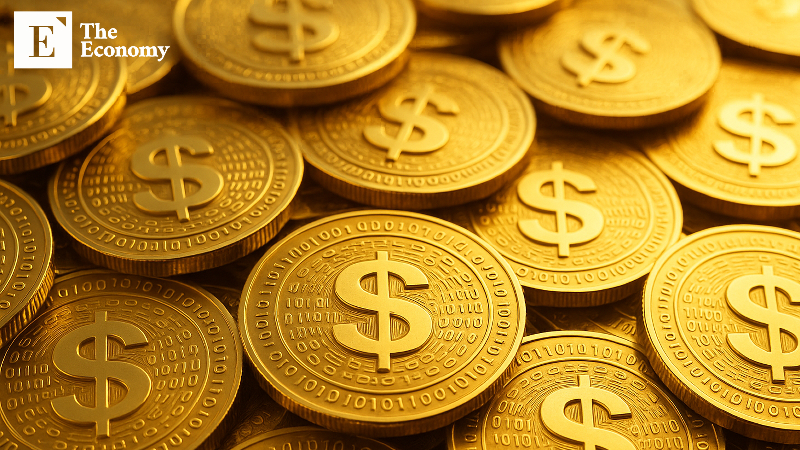
Undermining the Old Order to Build a New One
The convergence of populist anger and technological disruption provides fertile ground for Trump’s ambitions. His framing of the banking sector as political actors rather than neutral service providers allows him to portray stablecoins as a democratic alternative. The narrative is compelling: unlike banks, which allegedly “debank” individuals based on ideology, blockchain-based financial systems are decentralized and open to all.
This is where Trump’s political messaging merges with market strategy. The passage of the stablecoin law enables venture capitalists, tech entrepreneurs, and political allies to enter the financial space with fewer barriers. These digital systems can fund campaigns, build loyalty programs, or even facilitate international trade, all without relying on traditional banks. In this light, Trump’s latest war against banking looks more like a strategic disruption rather than a mere expression of grievance.
As seen in previous decades, control over the financial system has always translated into political power. By destabilizing the banking sector’s credibility and simultaneously legitimizing its digital alternatives, Trump is not just fighting old enemies. He is paving the way for a new financial ecosystem, one that might better serve his political future and further reshape the contours of American capitalism.
The road ahead will be marked by growing tensions between the regulatory weight of banking institutions and the flexibility of digital financial tools. If Trump continues to merge his political platform with the cause of digital finance, his campaign against “debanking” may become more than symbolic. It could mark the beginning of a permanent shift in how political movements finance themselves, how individuals interact with money, and who controls the levers of the economy.
The real story is not just about Trump versus JPMorgan. It is about the emerging collision between traditional banking power and a new form of political and financial infrastructure. With stablecoins now backed by law and public attention focused on alleged bias in conventional banks, the financial battleground has shifted, and Trump is determined to lead the charge.

